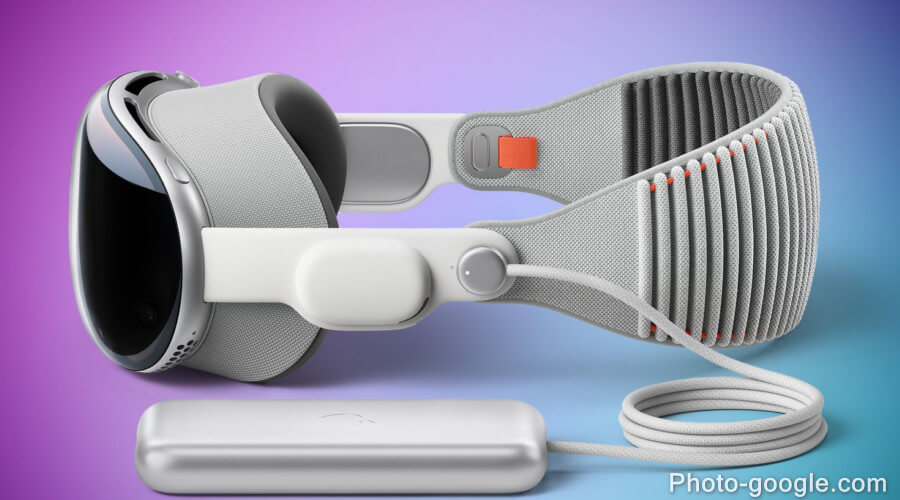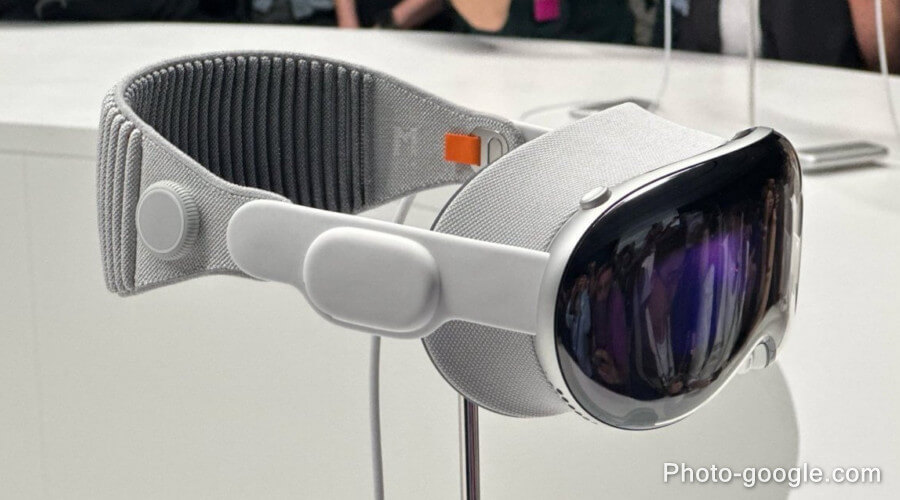The world of virtual and augmented reality is at a major turning point. For years, it has been a niche hobby for gamers and tech enthusiasts. But now, the tech giants are placing massive bets that VR and AR will become the next great computing platform.
Two companies are leading this charge from two very different directions: Meta and Apple.
Their current products, the Meta Quest 3 and the Apple Vision Pro, have set the stage for an epic battle. In 2025, we are looking ahead to their next-generation devices. The Meta Quest 4 and the Apple Vision Pro 2 (or a similar successor) will define the future of this immersive technology.
This guide will explore the most credible predictions for these two devices. We will look at how their different philosophies will shape the future of how we work, play, and connect.

(Note: This analysis is based on current product trajectories, patent filings, and expert industry analysis.)
Meta Quest 4: The Path to Mass Adoption
The Philosophy: Meta’s strategy is all about accessibility and gaming. They want to get a VR headset into every home. To do this, they have focused on creating an affordable, easy-to-use device that is primarily a fantastic gaming console.
What to Expect from the Quest 4:
-
A Lower Price Point: Meta will continue to prioritize affordability. Expect the Quest 4 to launch in a similar price range to the Quest 3, likely around $500. This is their key advantage.
-
Even Better Mixed Reality: The Quest 3 introduced full-color passthrough, blending the virtual and real worlds. The Quest 4 will improve on this with higher-resolution cameras. This will make mixed reality experiences feel more seamless and less grainy.
-
Improved Comfort and Ergonomics: Each generation of the Quest has gotten more comfortable. The Quest 4 will likely be lighter, better balanced, and feature a more refined head strap system out of the box.
-
Next-Generation Controllers: Expect controllers with improved haptics and tracking. This will make virtual interactions feel more tactile and realistic.
-
Focus on Gaming and Social VR: Meta will continue to invest heavily in its ecosystem of games and social apps like Horizon Worlds. The Quest 4 will be the ultimate VR gaming machine.
The Bottom Line for Meta: The Quest 4 will be a powerful, iterative update. It will refine the current formula to create an even more compelling and affordable VR headset for the masses.
Apple Vision Pro 2: The Future of Spatial Computing
The Philosophy: Apple is not selling a VR headset. They are selling the future of computing. The Vision Pro is positioned as a “spatial computer” that seamlessly blends your digital content with the world around you. It is a productivity and entertainment powerhouse, not just a gaming device.
What to Expect from the Vision Pro 2:
-
A Lighter, More Comfortable Design: The weight of the first-generation Vision Pro is its biggest drawback. Apple’s primary engineering goal for the successor will be to make it significantly lighter and more comfortable for all-day wear.
-
A More Accessible Price (Relatively): The $3,500 price tag of the first Vision Pro puts it out of reach for most consumers. While the second generation will still be a premium product, expect Apple to work towards a price point closer to a high-end laptop, perhaps in the $2,000 – $2,500 range.
-
Even More Powerful Processing: The device will feature a next-generation “R-series” chip alongside a powerful “M-series” Mac chip. This will provide the horsepower for even more complex spatial computing tasks.
-
An Expanded App Ecosystem: By 2025, there will be a much larger library of native apps designed specifically for the visionOS platform. This will be crucial for its success.
-
Deeper Integration with the Apple Ecosystem: The synergy between the Vision Pro and other Apple devices will become even stronger. Imagine seamlessly handing off a task from your MacBook to your Vision Pro with just a glance. This is a core part of building the ultimate Apple ecosystem experience.
The Bottom Line for Apple: The second-generation Vision Pro will be a significant refinement. It will address the key pain points of the first model while doubling down on its vision for spatial computing.
The Great Divide: Gaming vs. Productivity
The fundamental difference between these two future devices is their target audience.
The Meta Quest 4 will be for everyone. It will be the “Nintendo Switch” of VR: fun, affordable, and primarily focused on entertainment. Its open ecosystem, supported by platforms like SteamVR, will give it a massive library of games.
The Apple Vision Pro 2 will be for professionals and early adopters. It will be the ultimate productivity tool and personal cinema. It will appeal to those who are already deeply invested in the Apple ecosystem and are willing to pay a premium for a best-in-class experience.
The Future is Blended
Ultimately, the battle between Meta and Apple is good for everyone. Their competition will accelerate innovation, drive down prices, and push the boundaries of what is possible.
The future of computing is not about being trapped in a fully virtual world. It is about seamlessly blending our digital and physical realities. Both the Meta Quest 4 and the Apple Vision Pro 2, in their own unique ways, are paving the path to that exciting future.
You Can Also Read HERE More About This Article.

Leave a Reply